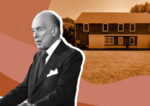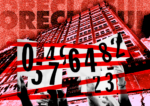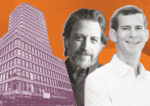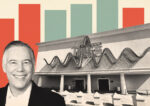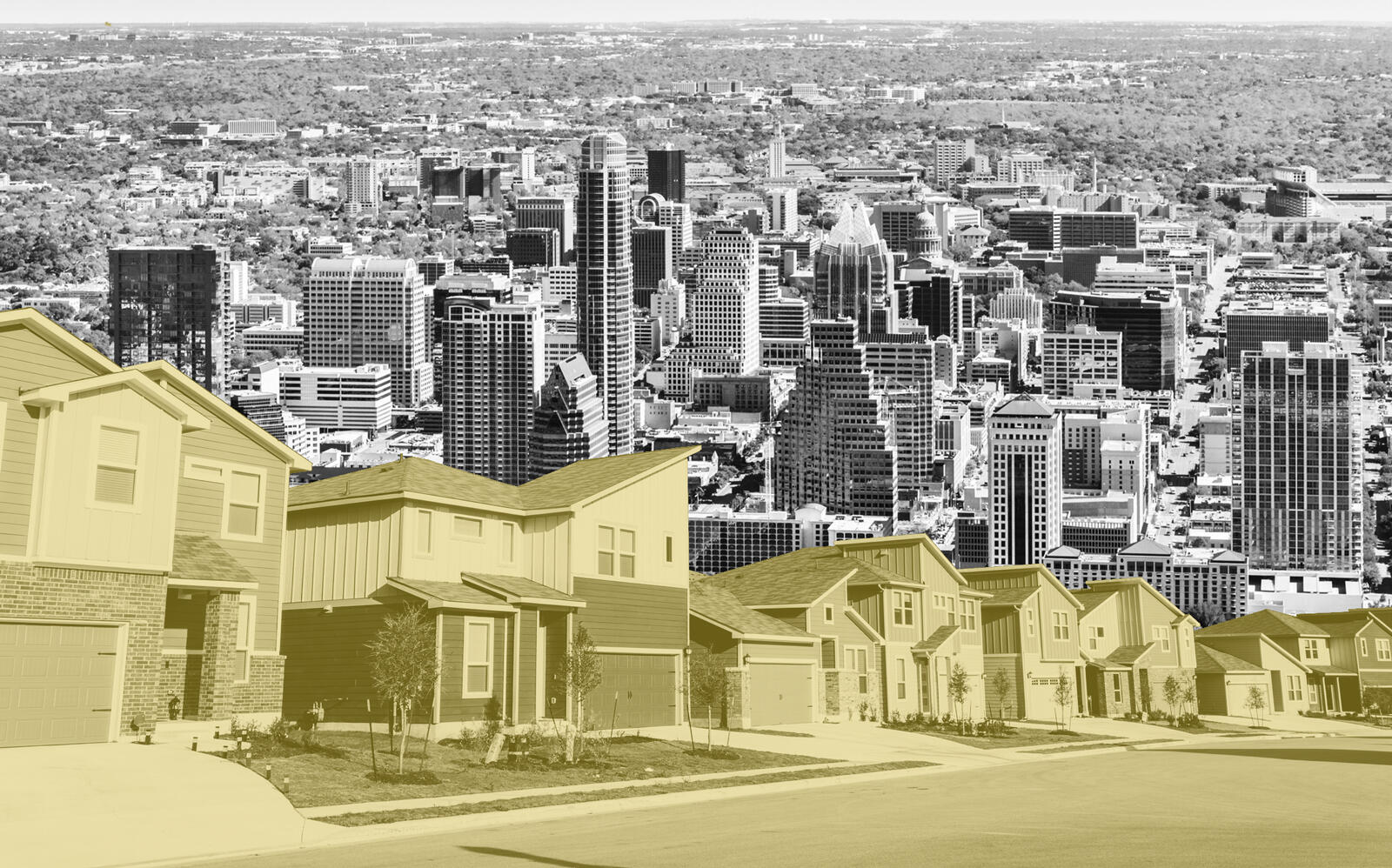Everything’s bigger in Texas, and the price of a home in Austin is no longer an exception.
The capital of the Lone Star State has fast become one of the hottest places to live in the country, and with 180 new residents moving to the city every day in 2020, prices of homes in its metropolitan area are skyrocketing, the New York Times reports.
The cost of housing in the city of Austin reached a median sale price of $535,000 in October, about $95,000 higher than last year, and more than twice the price it was back in 2011, when $216,000 got you a place of your own, according to the Times. The cost of rent has naturally followed home prices up, as apartments with less than 900-square-foot of space are now going for $1,600 a month.
That demand has driven a building boom in and around the city, including the neighborhood of Montopolis in Easy Austin, a historically Black and Latino which has unobstructed views of the ever-changing skyline. There, the Times reports construction workers transform trailer park homes, older housing and dive bars into expensive apartments, trendy bistros and yoga centers.
“You drive down a street one day and all of a sudden you’re thinking, ‘What happened to the apartment building that stood there last week?’” Heather K. Way, a law professor at the University of Texas who worked on a gentrification study commissioned by the city, told The Times.
Just 10 years ago, the so-called liberal haven in a conservative state was listed by Forbes as one of the country’s least expensive cities. Now, a forecast put together by the real estate company Zillow tracking affordability says Austin will, but the end of the year, surpass Miami, New York City and Boston as the least affordable metropolitan area outside California.
The boom hasn’t come without consequences: The Times reports there are fears of the displacement of low-income residents in a city where about 13 percent of the population lives below the poverty line, and a lack of affordable homes is being blamed by some for the appearance of homeless encampments under highways and outside City Hall. This year, after voters approved a measure banning public camping, some of those areas have been cleared by the city.
